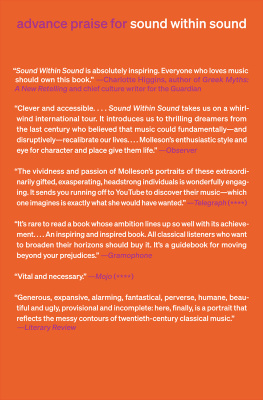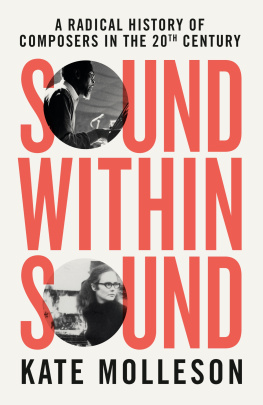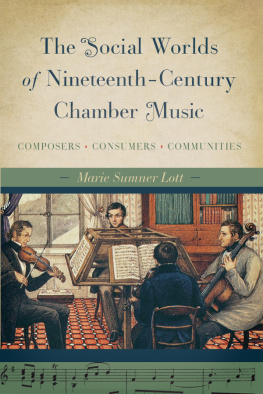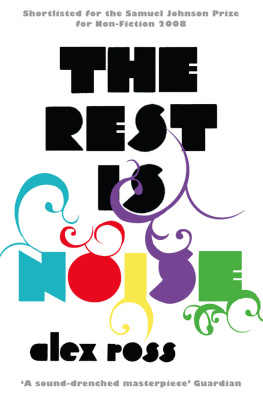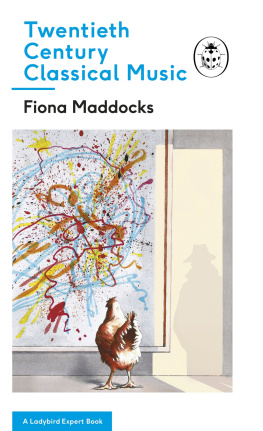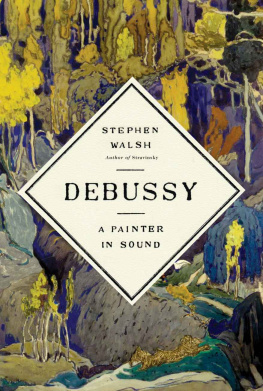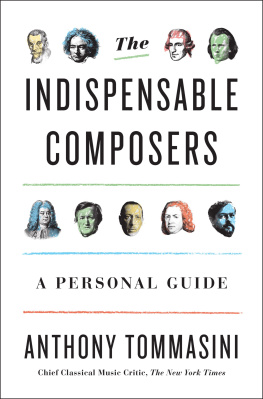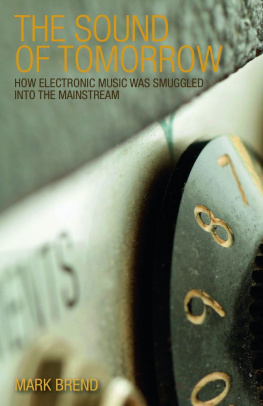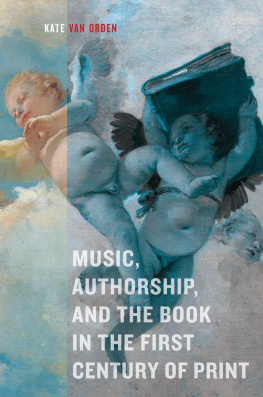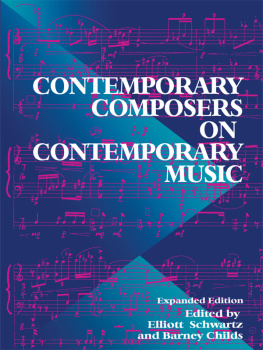Contents
Guide
Page List
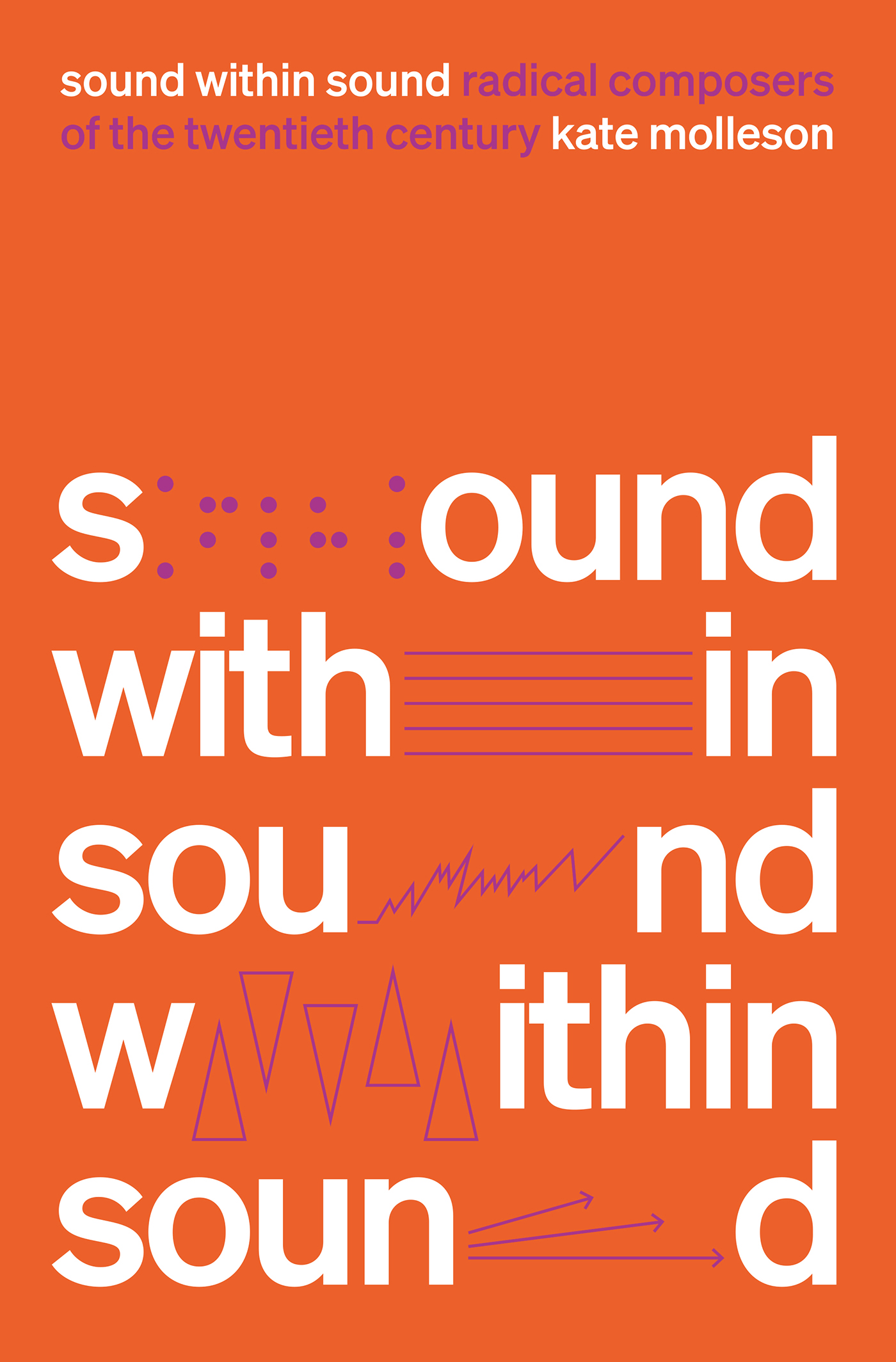
... our habitual vision of things is not necessarily right: it is only one of an infinite number, and to glimpse an unfamiliar one, even for a moment, unmakes us, but steadies us again.
Nan Shepherd, The Living Mountain
... for some time, historians of experimentalism in music have stood at a crossroads, facing a stark choice: to grow up and recognize a multicultural, multiethnic base for experimentalism in music, with a variety of perspectives, histories, traditions and methods, or to remain the chroniclers of an ethnically bound and ultimately limited tradition that appropriates freely, yet furtively, from other ethnic traditions, yet cannot recognize any histories as its own other than those based in whiteness... A failure to hear these new sounds constitutes not only a form of sensory deprivation, but also an addiction to exclusion-as-identity that ends up, as addictions often do, in impoverishment of the field, or even its eventual death.
George E. Lewis, A Power Stronger than Itself

Copyright 2022 Kate Molleson
Cover 2022 Abrams
First published in 2022 by Faber & Faber Limited, London
This U.S. edition published in 2022 by Abrams Press, an imprint of ABRAMS. All rights reserved. No portion of this book may be reproduced, stored in a retrieval system, or transmitted in any form or by any means, mechanical, electronic, photo-copying, recording, or otherwise, without written permission from the publisher.
Library of Congress Control Number: 2022933889
ISBN: 978-1-4197-5356-5
eISBN: 978-1-64700-253-4
Abrams books are available at special discounts when purchased in quantity for premiums and promotions as well as fundraising or educational use. Special editions can also be created to specification. For details, contact specialsales@abramsbooks.com or the address below.
Abrams Press is a registered trademark of Harry N. Abrams, Inc.

ABRAMS The Art of Books
195 Broadway, New York, NY 10007
abramsbooks.com
For Nell
Contents
Introduction
It was early one morning at a hotel breakfast table in Hesse that I had the pivotal conversation with George E. Lewis. That sweltering summer of 2018 we were both teaching at the Darmstadt Summer Course, a biennial happening in provincial south-west Germany that started up after the Second World War and has become an improbable new-music Mecca. Lewis an African-American composer, trombonist and intellectual powerhouse was a generous and jovial presence around campus that year with his resplendent chuckle and inspirational lectures on decolonising the canon. (I was meanwhile attempting to teach a bunch of fierce-minded students how to write about new music. Their conclusion: grab the subject by both shoulders, use words with wit and abandon. They were wonderful.)
On the last morning of seminars, over rye bagels and coffee, I finally summoned the courage to ask Lewiss advice about a notion Id been mulling over for a while. George, I ventured. Im thinking of writing some sort of new history of twentieth-century composers. I dont mean the usual suspects. I mean composers who get left out. What do you reckon?
Anyone who has been in Lewiss company will recognise what came next. He nodded a breezy nod. The sort of nod that says: No big deal, what are you waiting for? Sure, he said, taking a bite of his bagel. Someones gotta write that book. Its way overdue. You should do it. But! I argued against my own case. Isnt the proposition too vague? Too vast? Too reductive? Too Why should it be? he shrugged. Choose some interesting composers who dont make it into the mainstream history books. Tell their stories. Prove that they were all doing amazing stuff. Prove that they existed. Make your readers want to hear their music. Whats reductive about that? Oh, its time. With that, he drained his coffee and left me to it.
Tell their stories.
...
As a kid growing up in a cottage in rainy rural Scotland, I became obsessed with classical music. Who can say why, exactly, given five of my six brothers are folk musicians, but classical music is what caught my tiny ear. I fixated on the sounds emerging from the kitchen radio (ever tuned to BBC Radio 3) and from the family tape collection, which, alongside Bob Dylan and Planxty, included Mozarts late symphonies, Bachs Brandenburg Concertos and the thrillingly titled compilation The Greatest Hits of the 17th Century. Noticing how often I would fall asleep clutching my little Fisher-Price tape machine, Monteverdi madrigals playing on repeat, my parents bought me audio books about the lives of the great composers for children. I inhaled those tales of Beethoven with his ear trumpets in Vienna, flame-haired Vivaldi on his gondola romps around Venice, Tchaikovsky heading off on steam trains to discover America. These became the legends that framed the music I loved. The music I still love.
That was the 1980s. As the years passed, I pursued the radical innovation of classical music into twentieth-century repertoire and when I reached the margins of the mainstream and discovered the ear-altering sounds made there using everything from sirens to silence, something began to irk. Why were so many innovative figures missing from my history books? It kept happening. Throughout undergraduate and postgraduate music studies in Canada and the UK, as a newspaper music critic in my twenties, now as a presenter for BBC Radio 3 why did the official narrative, the concert programmes, the festival line-ups, always revolve so narrowly around the same clutch of core composers that Id learned about in my kids stories? Why were they so exclusively white and so male, so European and so American? Where were all the others? Because there were plenty of others. There are.
Things have changed somewhat in the decade since I was a student. Even since that breakfast with George Lewis in 2018, mainstream conversations around race, gender, inclusion and the arts have shifted to an extent. In the summer of 2020, the murder of George Floyd and the subsequent expansion of the Black Lives Matter movement forced the issue into the headlines. Questions were asked, publicly and forcefully, about how we tell our histories and who gets to tell them. Statues were pulled down, alternative road names nailed up. There was a backlash. The term culture wars reared its mucky head in the tabloids and in the mouths of government ministers intent on profiteering from division. Oxford University was accused of an attack of the woke after it announced plans to broaden its music curriculum to include more non-Western traditions. To be clear: Oxford was not planning to drop any core repertoire from its syllabus, merely to extend the scope a little. Which it has done, as far as I know jeopardising neither the well-being of students nor the future of classical music.
Here is a myth I keep coming up against. It is an odd and spurious fear that The Great Works the Passions of Bach, the symphonies of Beethoven and Brahms, the earth-shaking ballets of Igor Stravinsky are somehow threatened if classical music becomes more inclusive. Nobody is mooting that we should ditch Mozart or Mahler. Nobody is suggesting that their music doesnt speak for our times and for all time. I would be the first to fight back if anyone did. So I wonder what fuels this pernicious insecurity that composers who are already in the fold will be devalued if border controls around the genre are relaxed. Societal parallels arent too hard to spot. It is the mentality of gate-keeping, of wall-building, of door-closing behind oneself.

